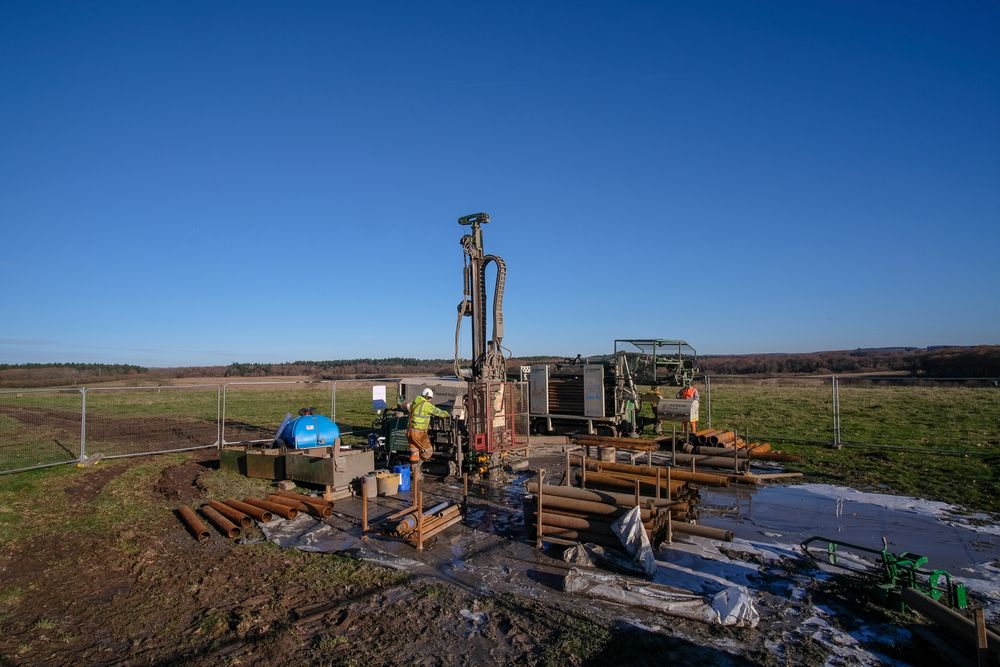Initial investigations for proposed Hampshire reservoir now complete

Investigations into land earmarked for a new reservoir in Hampshire have been completed on schedule ahead of the Christmas break, despite challenging wet weather.
Small drilling rigs and excavators have been in operation on Portsmouth Water’s land between Staunton Country Park and Havant Thicket since early November, taking soil samples and installing underground water monitors.
The soil samples are now being analysed in a laboratory and the results, due back in January and February, will help inform the company’s plans to build a reservoir on the site.
Bob Taylor, CEO of Portsmouth Water, said: “We’re delighted to have completed this first step of vital investigations on time, despite some very wet weather, which has made the ground conditions on site quite challenging.
“We’d especially like to thank the local communities around the site for their co-operation while we’ve been carrying out the work and we hope it hasn’t caused too much disturbance.
“This information will help us prepare the planning application for Havant Thicket Reservoir, which we hope to submit in autumn 2020. In the meantime, we’ll continue to talk to residents, businesses, local groups and community representatives in the local area to share our ideas and gather their views.”
A total of 21 boreholes between 10 and 65 metres in depth and 12 shallow trial pits up to four metres deep were excavated. Water monitors were also installed to accurately chart the fluctuation of groundwater levels.
The recent wet weather means the site is waterlogged and boggy, even in areas not affected by the works, so Portsmouth Water is advising residents to take extra care when on the footpaths and public bridleways.
Some areas still have temporary fencing as a safety precaution and the reinstatement plans will be progressed as soon as the weather and ground conditions improve,
The reservoir, which is being developed in partnership with Southern Water, will help secure more reliable water supplies across the water-stressed South East. It will also create a new, public leisure space for nearby communities and a wildlife haven with wetlands for birds.